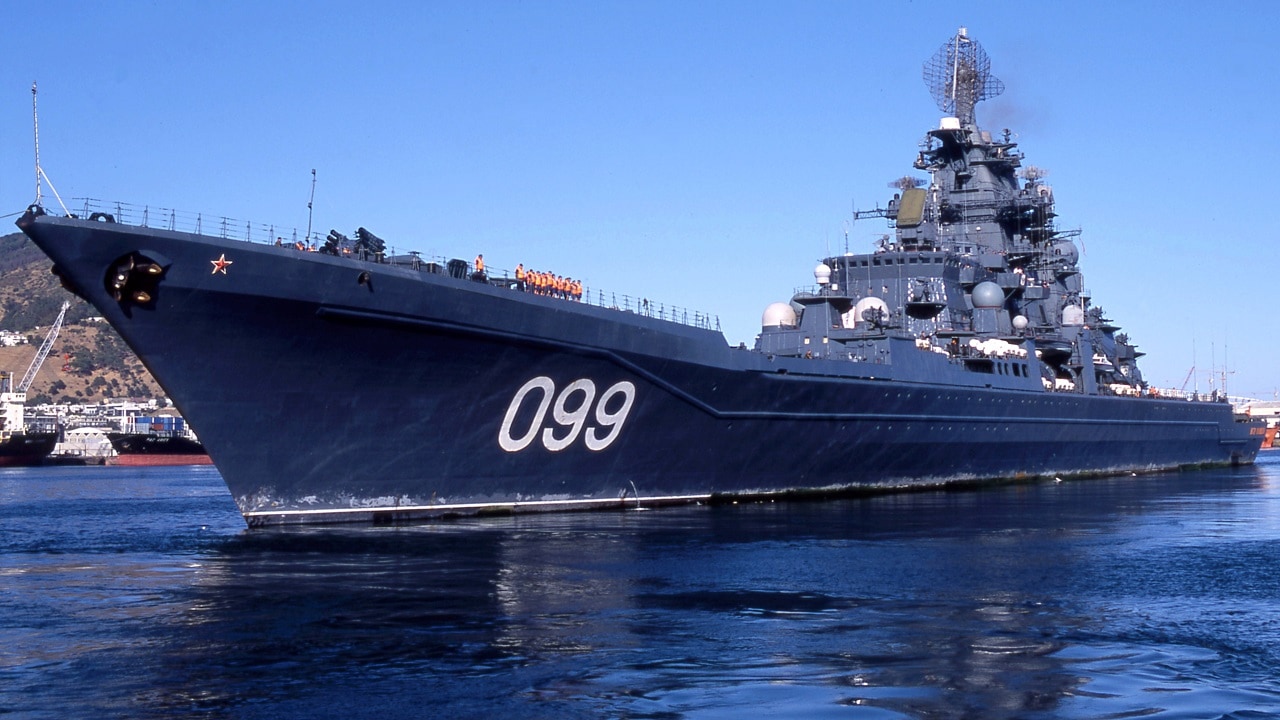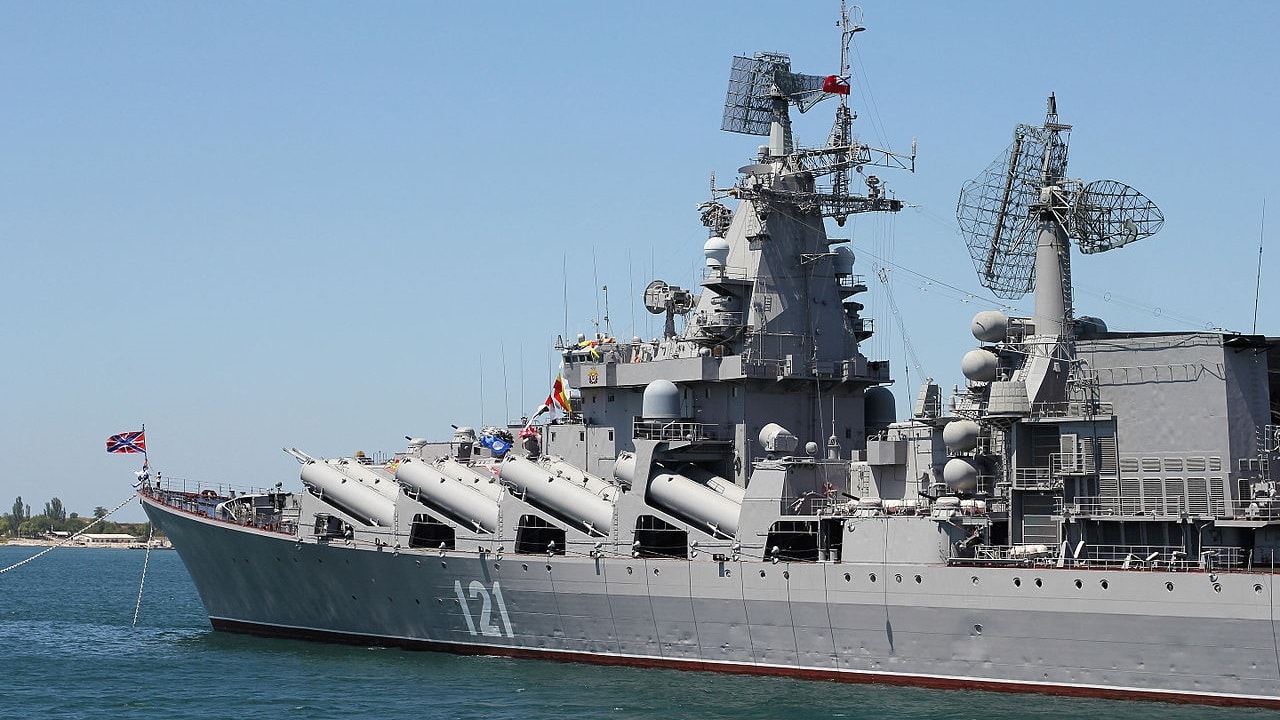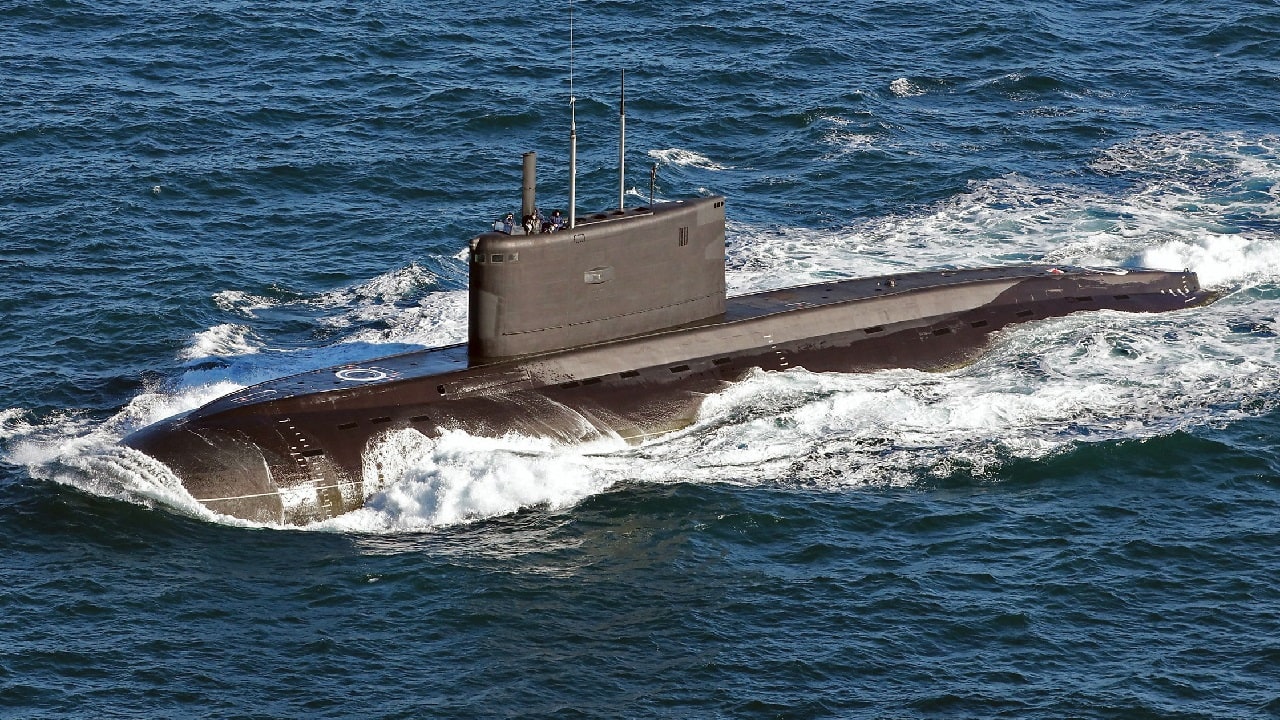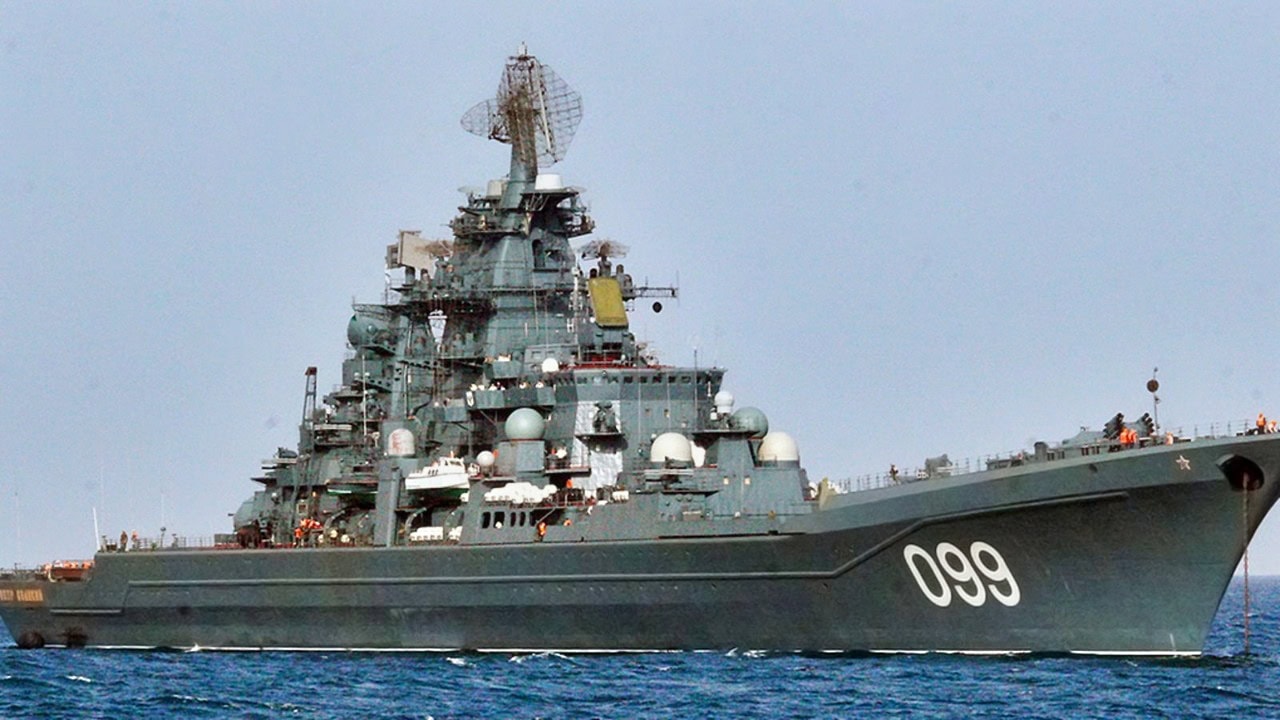Key Points and Summary: With the Assad regime ousted in Syria, Russia faces uncertainty about its long-standing military presence in the Mediterranean. While Moscow wants to maintain access to Tartus Naval Base and Hmeimim Air Base, Syria’s new leadership, led by Ahmed al-Shara, is demanding Russia address past support for Assad.
Key Point #1 – Negotiations have yet to yield a definitive agreement. Meanwhile, Russia may seek alternative bases in Libya, expanding ties with General Khalifa Haftar.
Key Point #2 – However, Libya lacks the same level of Russian influence as Syria. Even if Russia loses Tartus, it will likely retain a presence in the Mediterranean, albeit under different circumstances.
Russia’s Future in Syria: Will Moscow Keep Its Mediterranean Bases?
Following the ouster of the Assad regime in Syria, will Russia maintain its presence in the Mediterranean?
This is the question that a Russian delegation sought to clarify on a recent trip to Syria late last month in a meeting with Ahmed al-Shara and his interim government.
Of particular importance to Russia is maintaining its presence at Tartus, a naval base that has been in use since the days of the Soviet Union.
More broadly, Moscow would also like to continue operating out of Hmeimim Air Base near Latakia, a crucial stop-over location in support of Russia’s operations in Africa.
Gimme Shelter
The elephant in the room is Syria’s former President Bashar al-Assad, who ruled Syria with an iron fist — relying heavily on assistance from Iran and its proxy Hezbollah. But al-Assad also enjoyed a great deal of support from Russian airpower to keep the Syrian opposition at bay.
Following the recent lightning offensive through Syria, the Assad family fled to Russia, making this and other future discussions awkward.
Still, Syria’s de facto leader, al-Shara, has a number of thorny issues to tackle at the moment: providing essential services, reforming the sprawling and inefficient government agencies, rebuilding the military, and keeping Syria’s numerous ethnic and religious groups from sparking new violence in the aftermath of his victory.
Entertaining Russia’s entreaties is important, though hardly the most pressing issue for Syria at the moment.
Still, in the meeting with the Russias, al-Shara made it clear that Russia would have to rectify past issues — including surrendering Bashar al-Assad and his cronies to the new Syrian government — given their involvement in keeping the al-Assad family in power. But Russia is unlikely to do so, at least at this point.
The negotiations reportedly ended cordially, though without a definitive agreement. Given Russia’s allegiance to the previous regime as well as the pull of other pressing issues, a resolution to Russia’s future in Syria might not be expected anytime soon.
The Libyan Connection
One interesting option for Russia could be an agreement with General Khalifa Haftar, the strongman of eastern Libya who enjoys Russian support.
Russia already has a presence at the Al Kadim airbase, and having a port presence at Benghazi or Tobruk could become the new home of the Russian Mediterranean fleet.
Questions remain, however, about how robust port facilities are expressly for military vessels at either of those two locations. While civilian and military docking infrastructure overlap to a great extent, military use ports must account for other considerations like weapon storage and handling, as well as specialized maintenance facilities for military vessels.
To Conclude
Even if Russia loses access to its historic naval base at Tartus, Moscow will still have a not inconsiderable maritime presence in the Mediterranean, though it is too early to say if the negotiations with the new power brokers in Syria will bear any fruit.
That administration has so many more immediate issues to address that Russia’s future in Syria does not take precedence.
The most apparent stand-in for Russia’s naval presence in Syria would be to establish and expand a toehold in Libya — though Libya would not be a perfect replacement for Syria, as the Assad family was completely beholden to Russia to a degree that Libya is not.
Still, with an expanded agreement with General Haftar about Libya, Russia will be able to remain a Mediterranean player.
The Russian Navy: A Photo Montage

Kirov-Class Battlecruiser. Image Credit: Russian Navy.

“Moskva” (“Moscow”) (ex-“Slava”, which means “Glory”) is the lead ship of the Project 1164 Atlant class of guided missile cruisers in the Russian Navy. This warship was used in the 2008 Russia-Georgia War. The Black Sea. Sevastopol bay. This photo was taken from a boat.

“Moskva” (“Moscow”) (ex-“Slava”, which means “Glory”) is the lead ship of the Project 1164 Atlant class of guided missile cruisers in the Russian Navy. This warship was used in the 2008 Russia-Georgia War. The Black Sea. Sevastopol bay. This photo was taken from a boat.

Pictured is a Kilo-Class Russian Submarine in the English Channel. The image was taken from Royal Navy Wildcat HMA2 Helicopter of 815 Naval Air Squadron. Kilo class is the NATO reporting name for the diesel-electric attack submarine.
About the Author: Caleb Larson
Caleb Larson is an American multiformat journalist based in Berlin, Germany. His work covers the intersection of conflict and society, focusing on American foreign policy and European security. He has reported from Germany, Russia, and the United States. Most recently, he covered the war in Ukraine, reporting extensively on the war’s shifting battle lines from Donbas and writing on the war’s civilian and humanitarian toll. Previously, he worked as a Defense Reporter for POLITICO Europe. You can follow his latest work on X.

